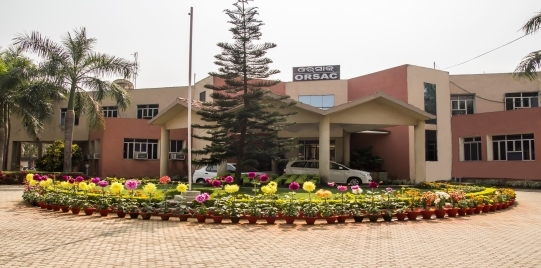Bhubaneswar: In yet another initiative under the 5T model of governance, the Odisha Space Application Center (ORSAC) will develop Odisha Public Asset Monitoring System (OPAMS) through high-resolution satellite data to keep track of public assets created under different departments.
This decision was taken at a high-level meeting held under the chairmanship of Chief Secretary Suresh Chandra Mahapatra, Tuesday.
It was decided that all new assets created under different departments would be captured through the portal from planning and grounding to completion, commissioning and maintenance. Operation and service delivery of the projects would be monitored on real-time basis through the online system.
Moreover, the portal would have updated information with maps, apps, analytics and dashboards. The portal will work as a state repository for decision making, resource allocation and developmental intervention, said Mahapatra.
He directed the Rural Development, Water Resources, Works, Panchayati Raj & Drinking Water, Forest & Environment, Industries, Steel & Mines and Women & Child Development departments to link their existing asset portals with the OPAMS.
The portal would have updated geo-tagged information about all roads, canals, water bodies, power networks, schools, health facilities, police stations, banks, fire stations, tourism sites, storage/godowns warehouses and others, official sources said.
The Chief Secretary directed the officials to complete the work within six months. Each department was asked to identify a nodal officer for this purpose.
Reviewing various projects of ORSAC, Mahapatra directed various departments to make use of the resource in decision making, planning and service delivery.
Development Commissioner Pradeep Kumar Jena advised organising one workshop involving all the departments and GIS scientists for more fruitful use of the GIS data. He asked the departments concerned to work out their requirements with more accuracy in planning and service delivery so that ORSAC could capture those data for them.
It was also decided to start one ‘continuous operating reference system’ (CORS) to have an updated database of the land, forest, mining, coastal zone, urban areas, siarat sources and interstate boundary lines. The land use and land encroachments in different urban areas would be captured through satellite data based ‘land use intelligence system’.
ORSAC chief executive officer PK Mallick said the agency has developed and applied about 36 major GIS mapped digitised database during the year 2019-20 for various departments and agencies.






































